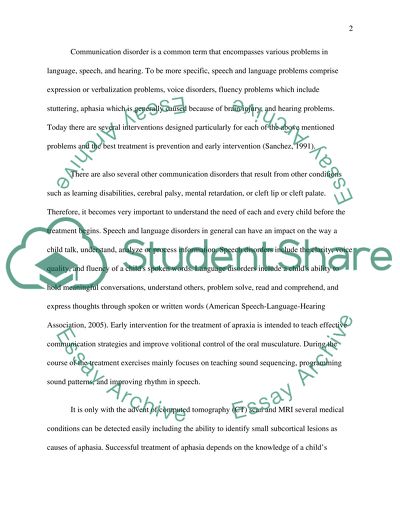Cite this document
(“New Ideas and Techniques in Intervention with Children With Essay”, n.d.)
New Ideas and Techniques in Intervention with Children With Essay. Retrieved from https://studentshare.org/miscellaneous/1499224-new-ideas-and-techniques-in-intervention-with-children-with-communication-disorders-in-early-language-development
New Ideas and Techniques in Intervention with Children With Essay. Retrieved from https://studentshare.org/miscellaneous/1499224-new-ideas-and-techniques-in-intervention-with-children-with-communication-disorders-in-early-language-development
(New Ideas and Techniques in Intervention With Children With Essay)
New Ideas and Techniques in Intervention With Children With Essay. https://studentshare.org/miscellaneous/1499224-new-ideas-and-techniques-in-intervention-with-children-with-communication-disorders-in-early-language-development.
New Ideas and Techniques in Intervention With Children With Essay. https://studentshare.org/miscellaneous/1499224-new-ideas-and-techniques-in-intervention-with-children-with-communication-disorders-in-early-language-development.
“New Ideas and Techniques in Intervention With Children With Essay”, n.d. https://studentshare.org/miscellaneous/1499224-new-ideas-and-techniques-in-intervention-with-children-with-communication-disorders-in-early-language-development.


